
Rest, Central Park, New York City

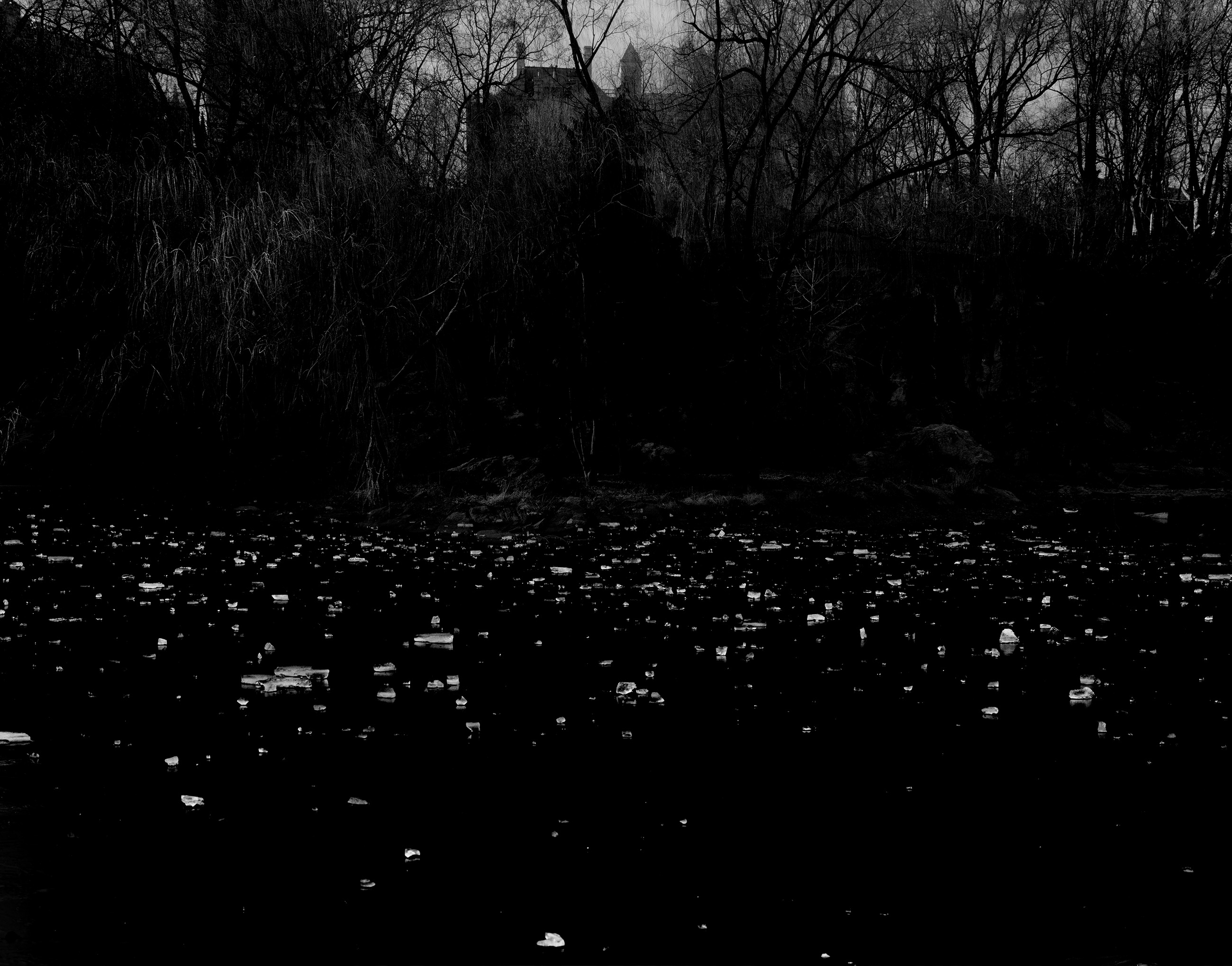
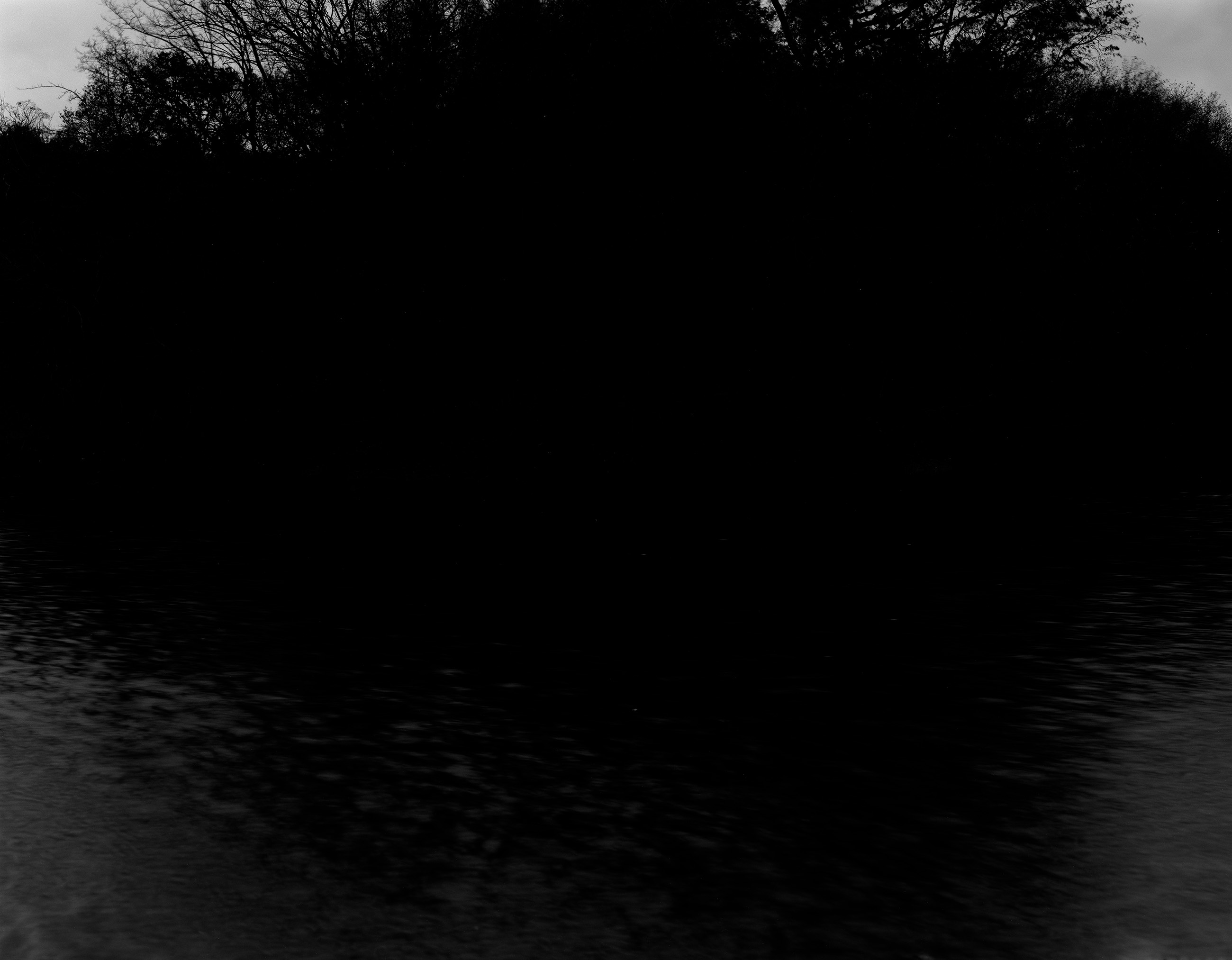
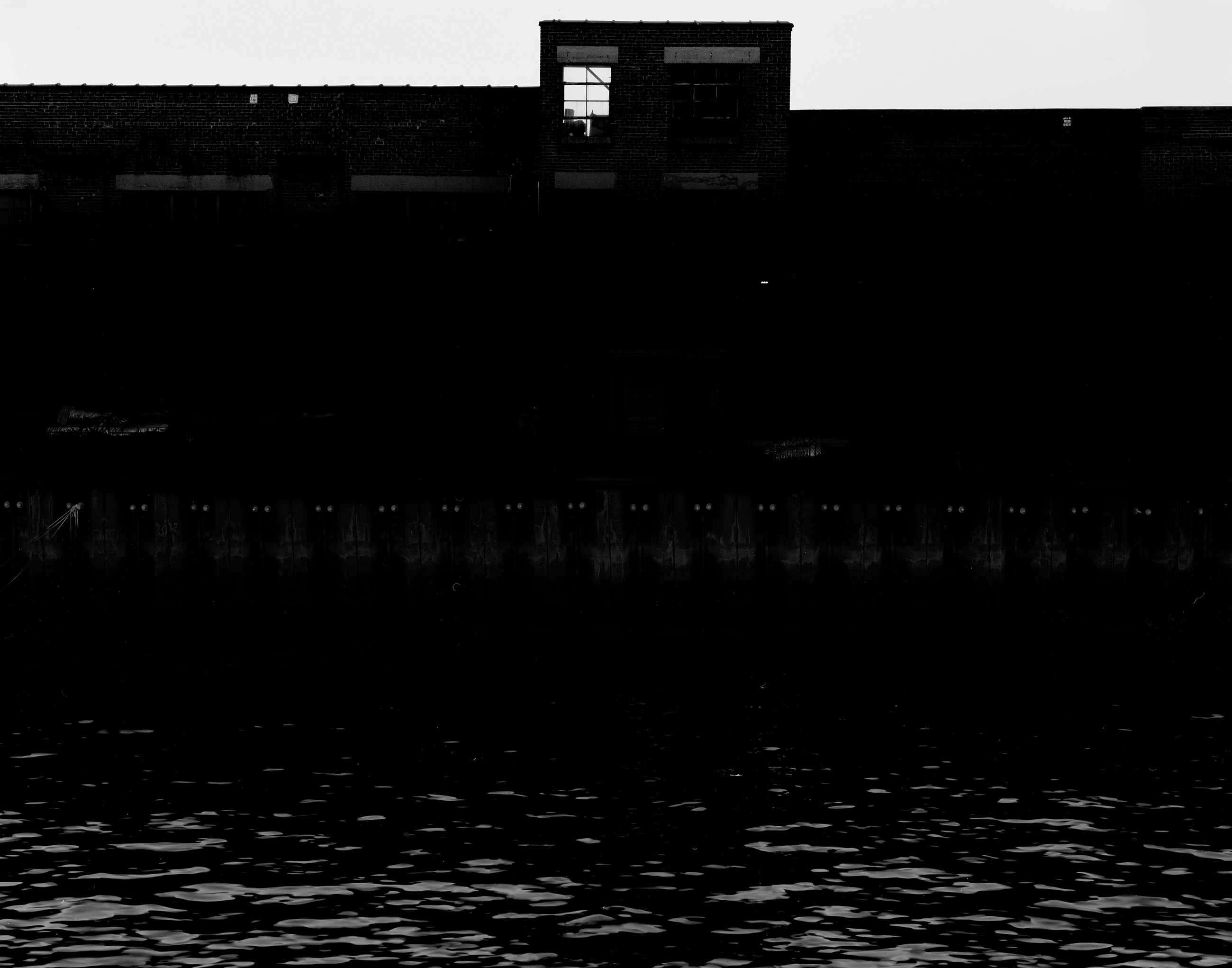
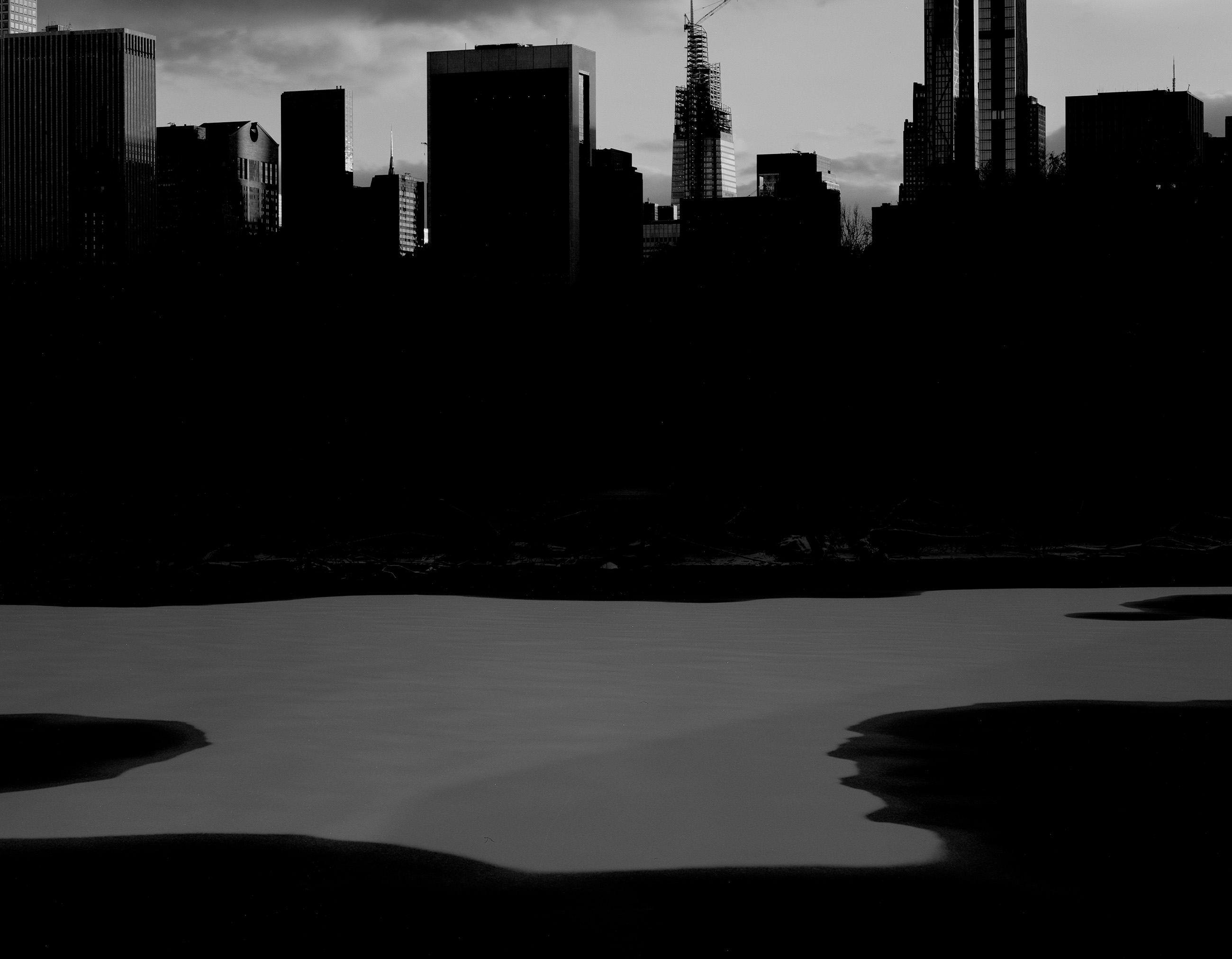
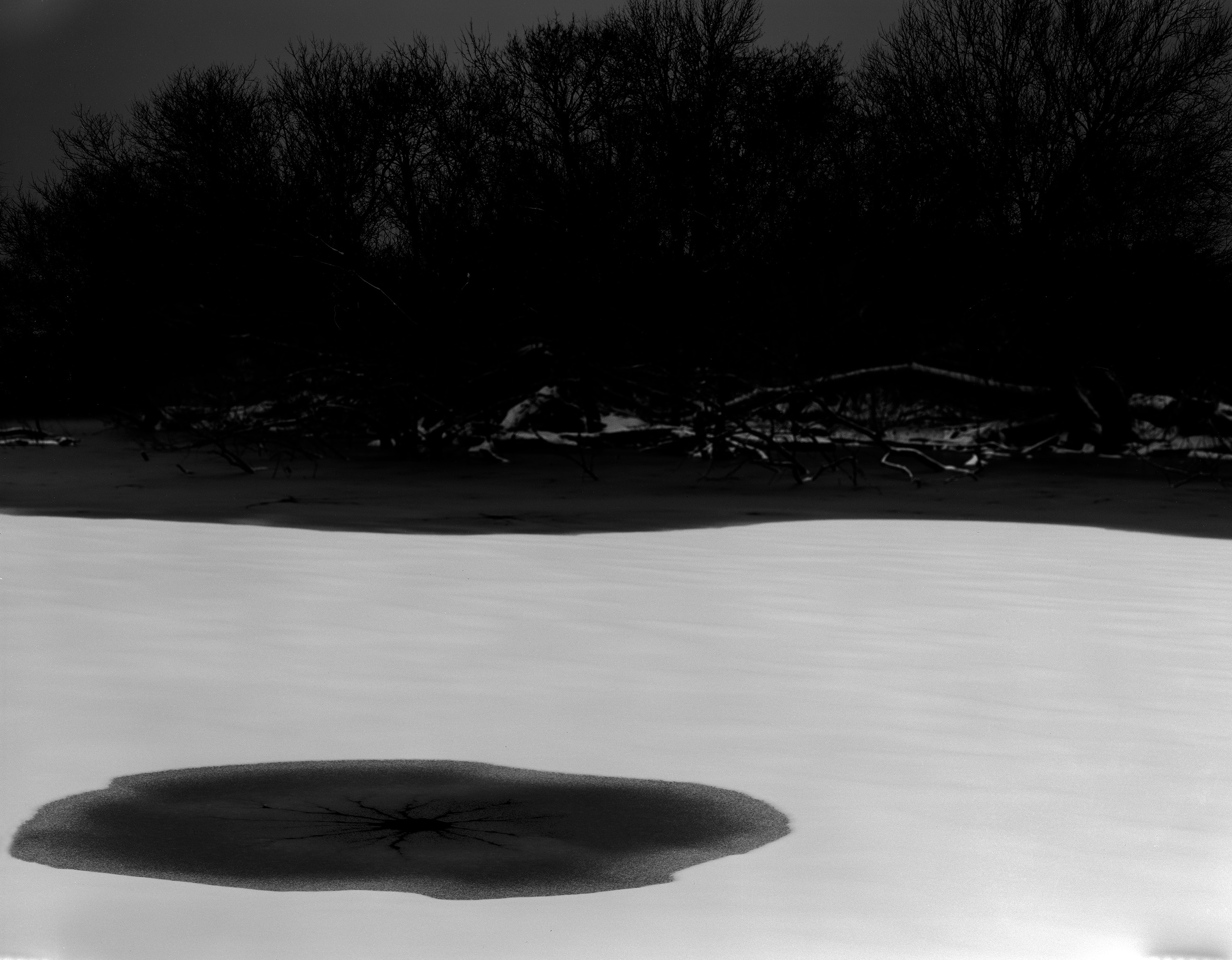
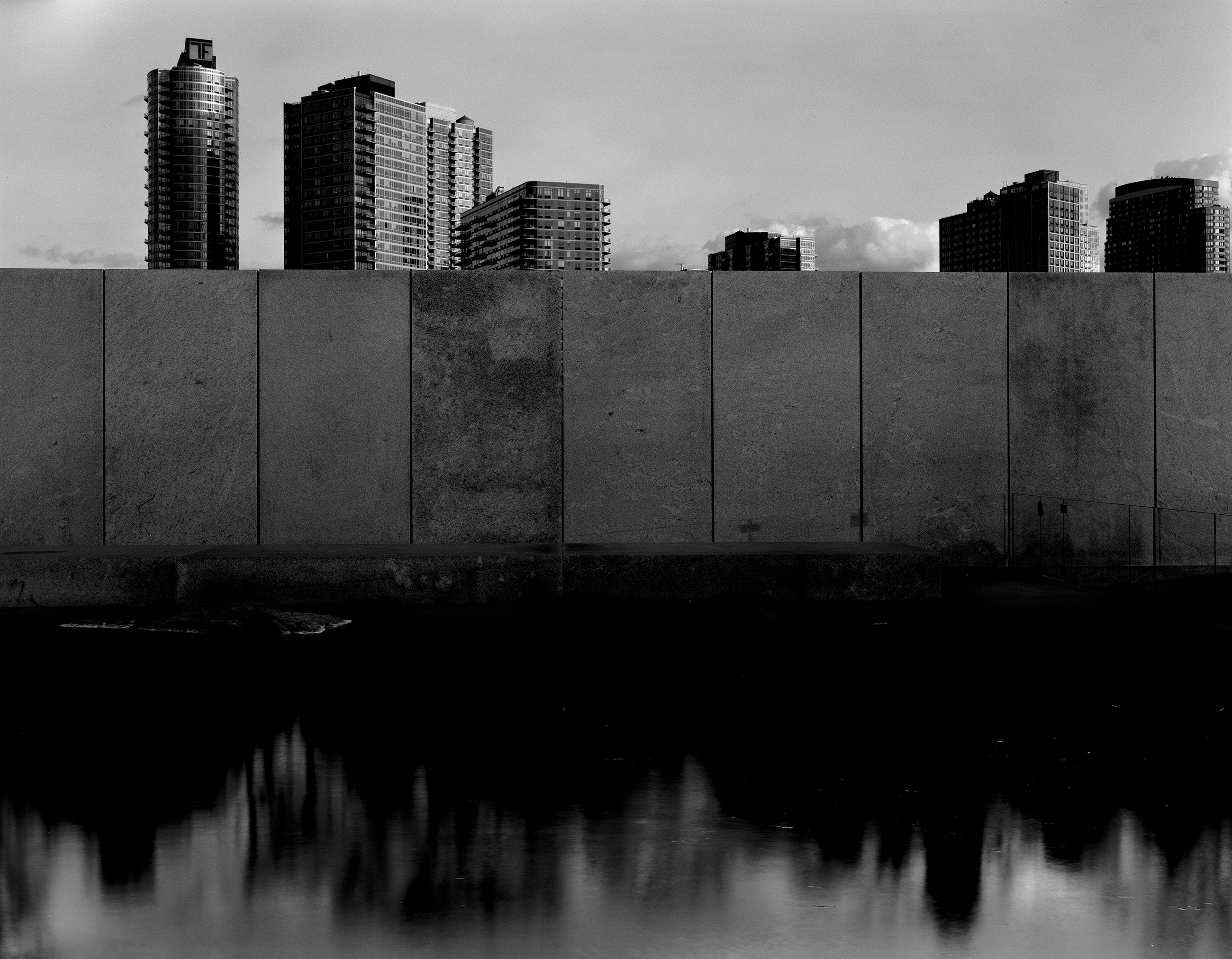
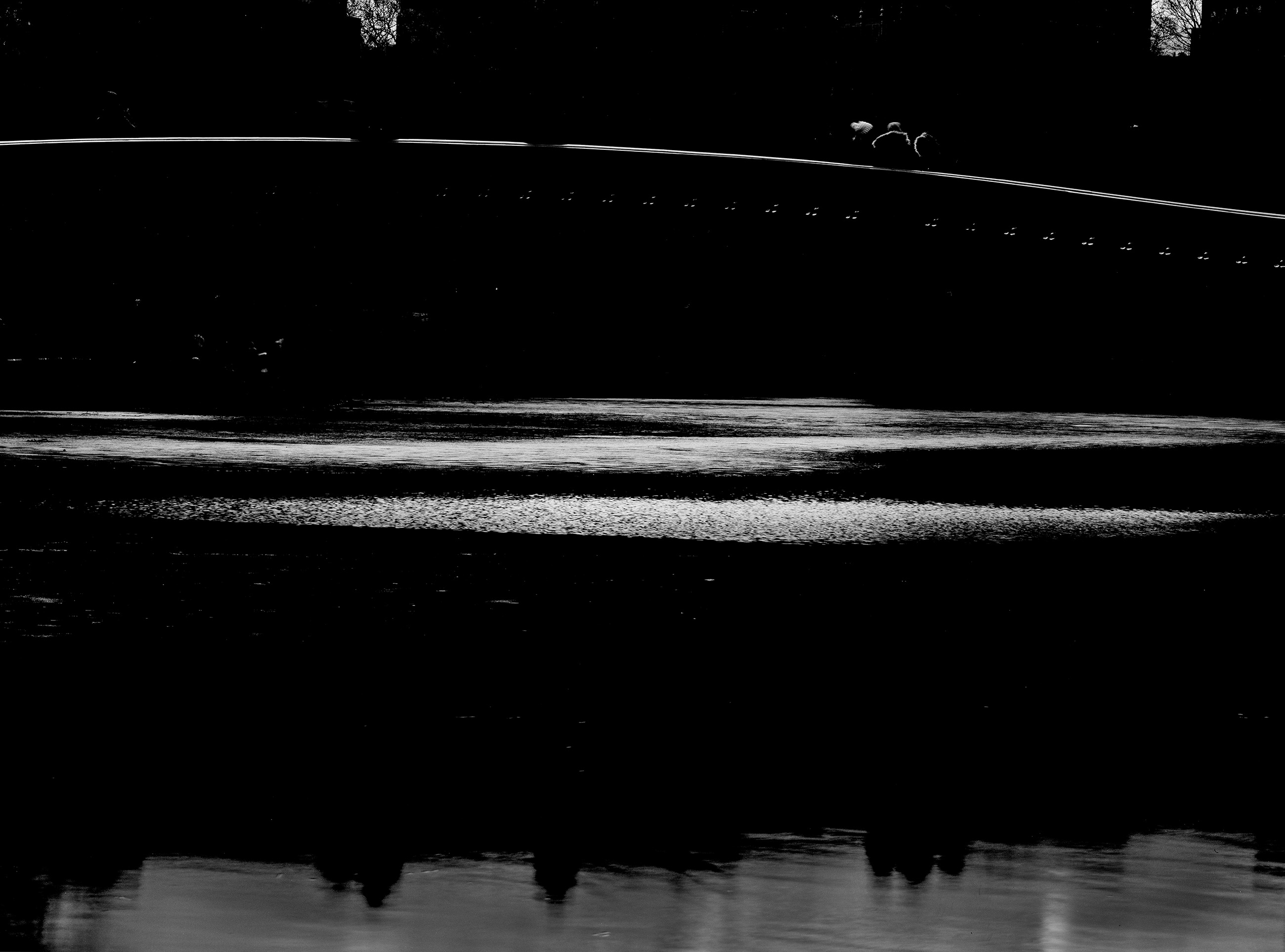
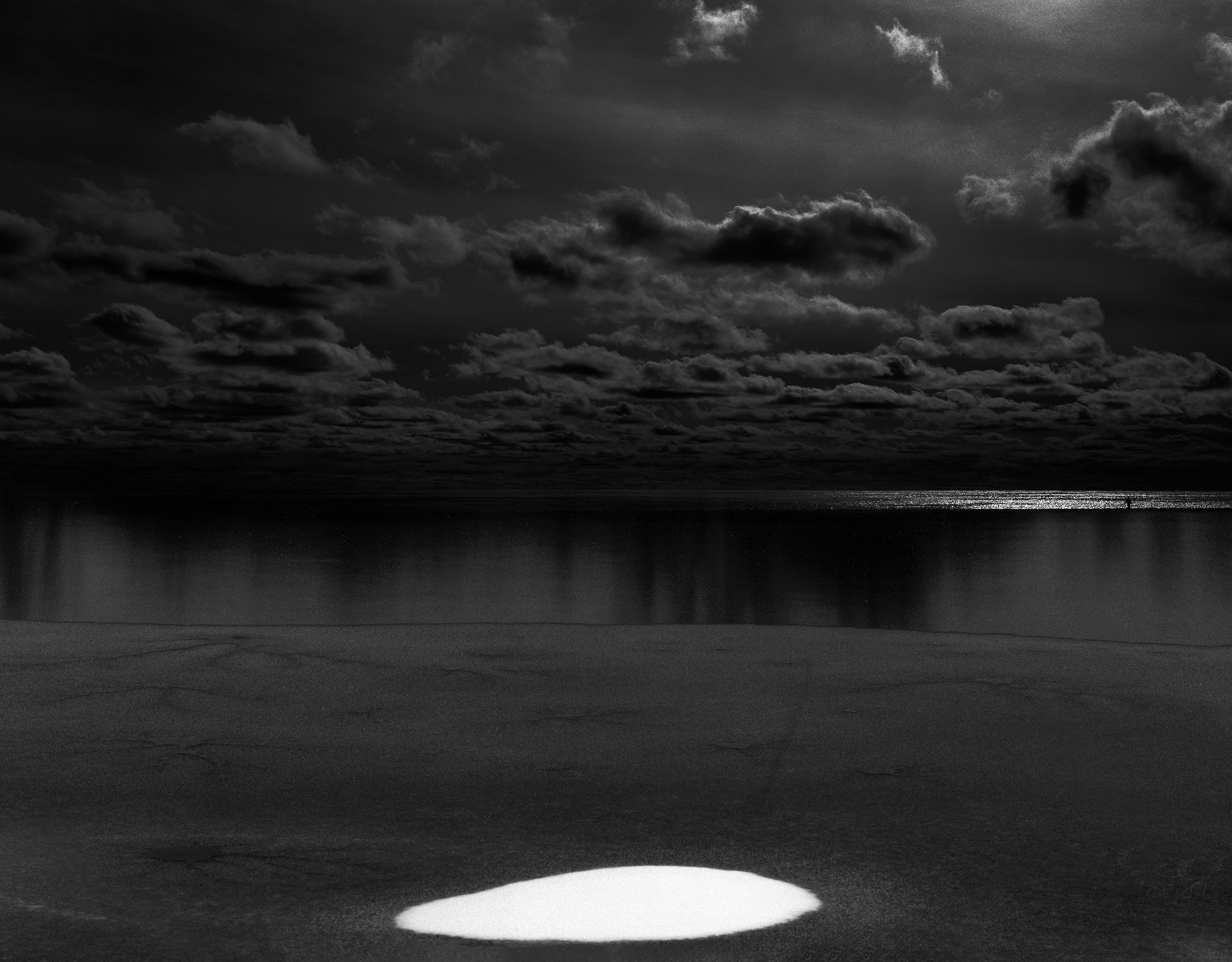
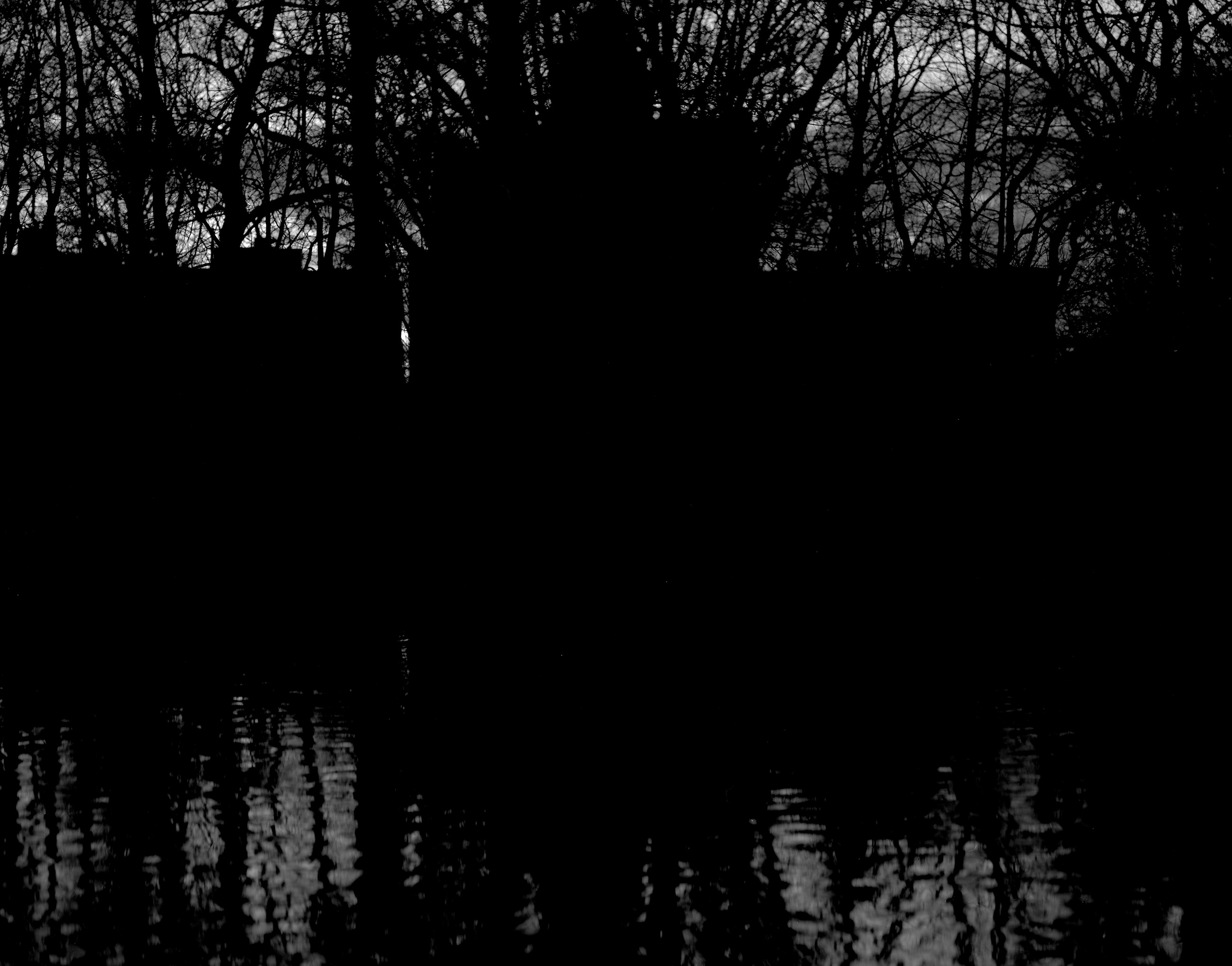
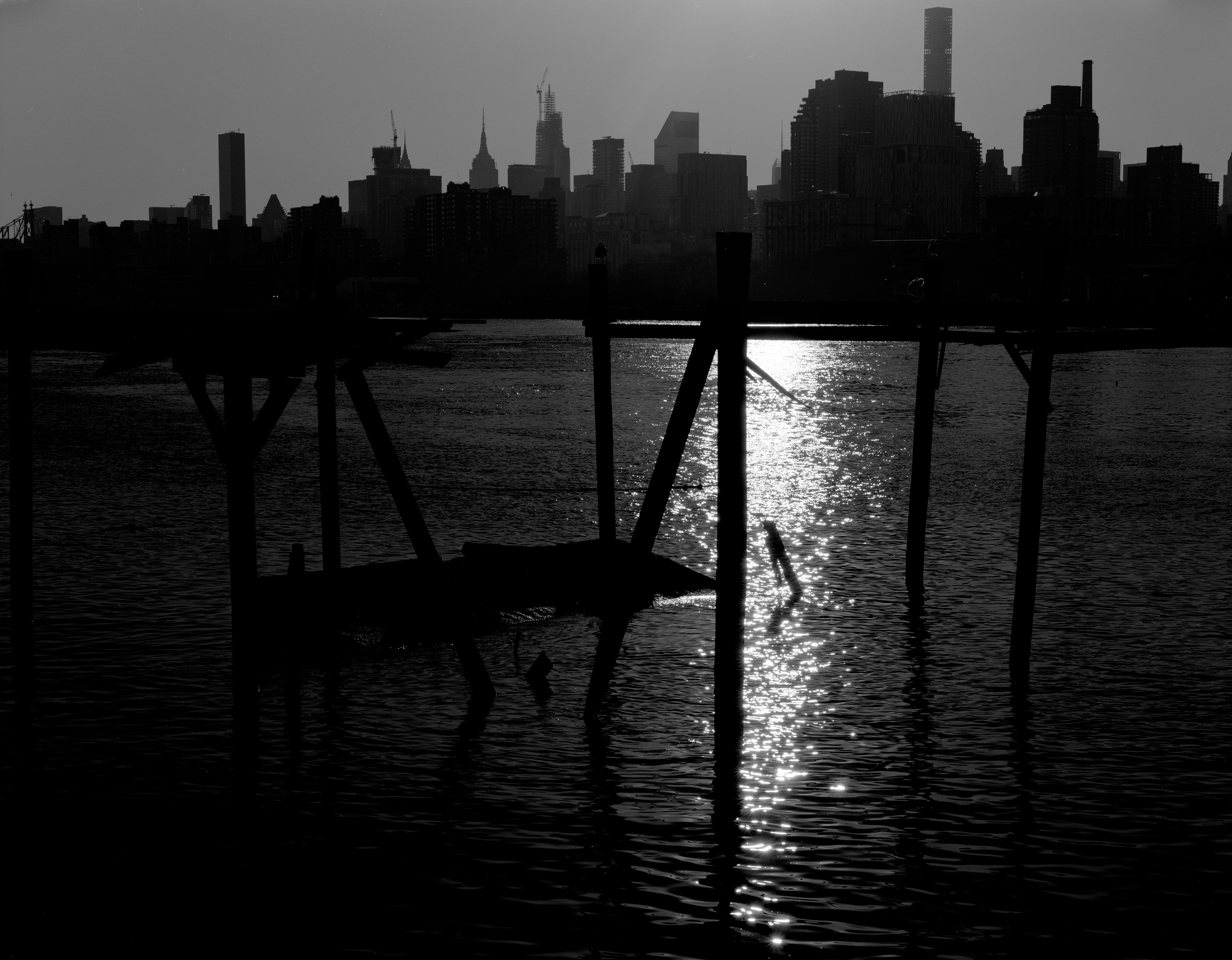
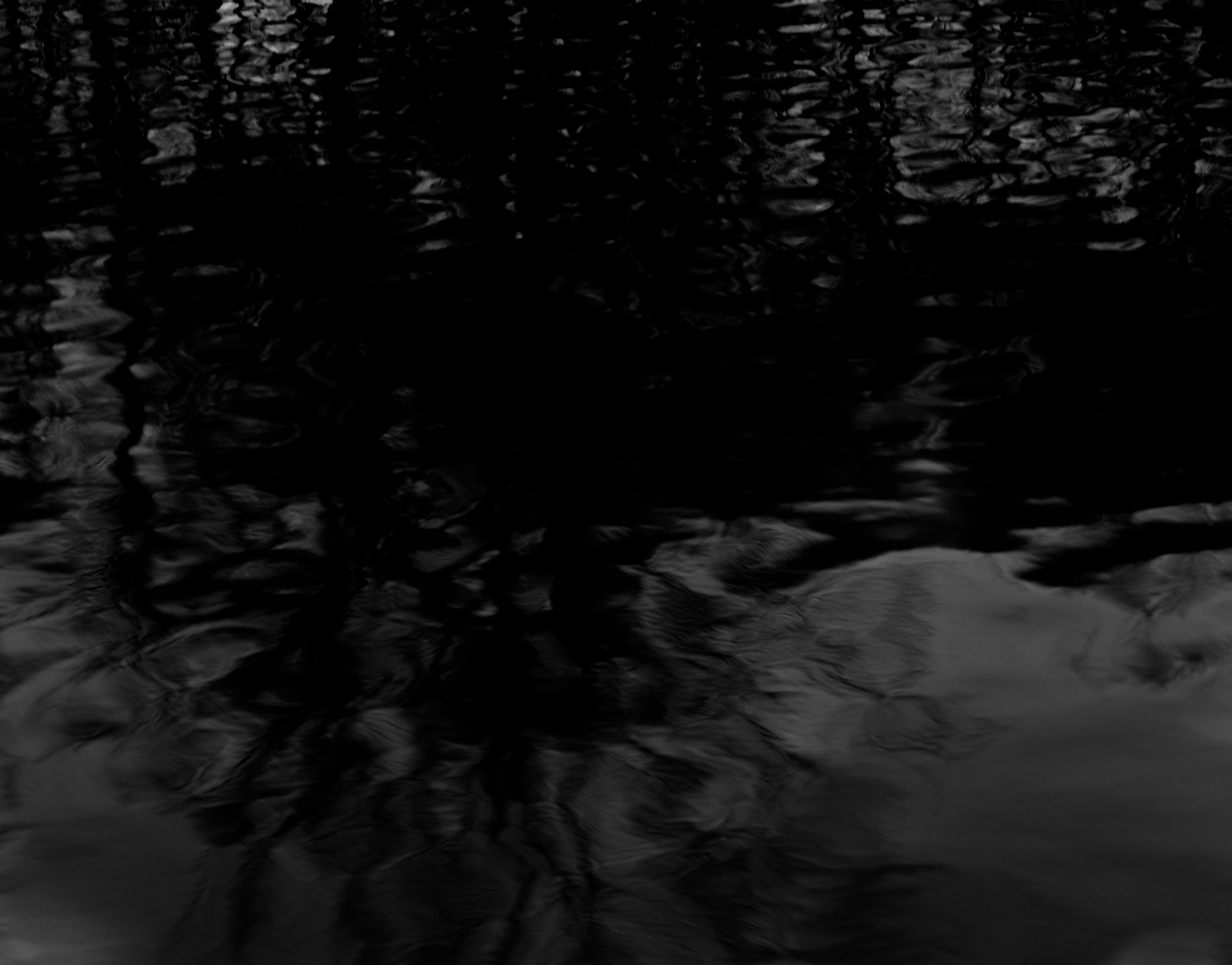
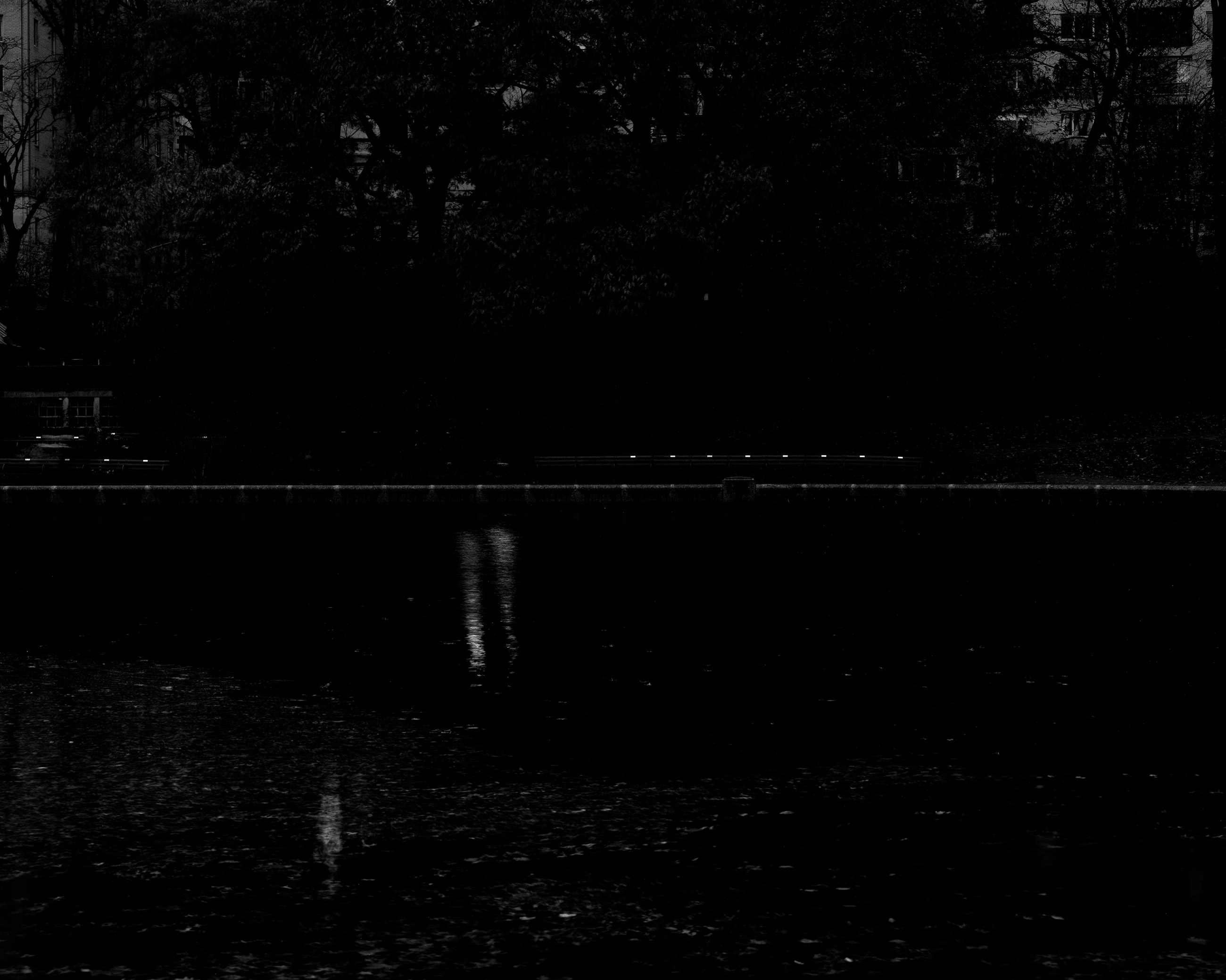
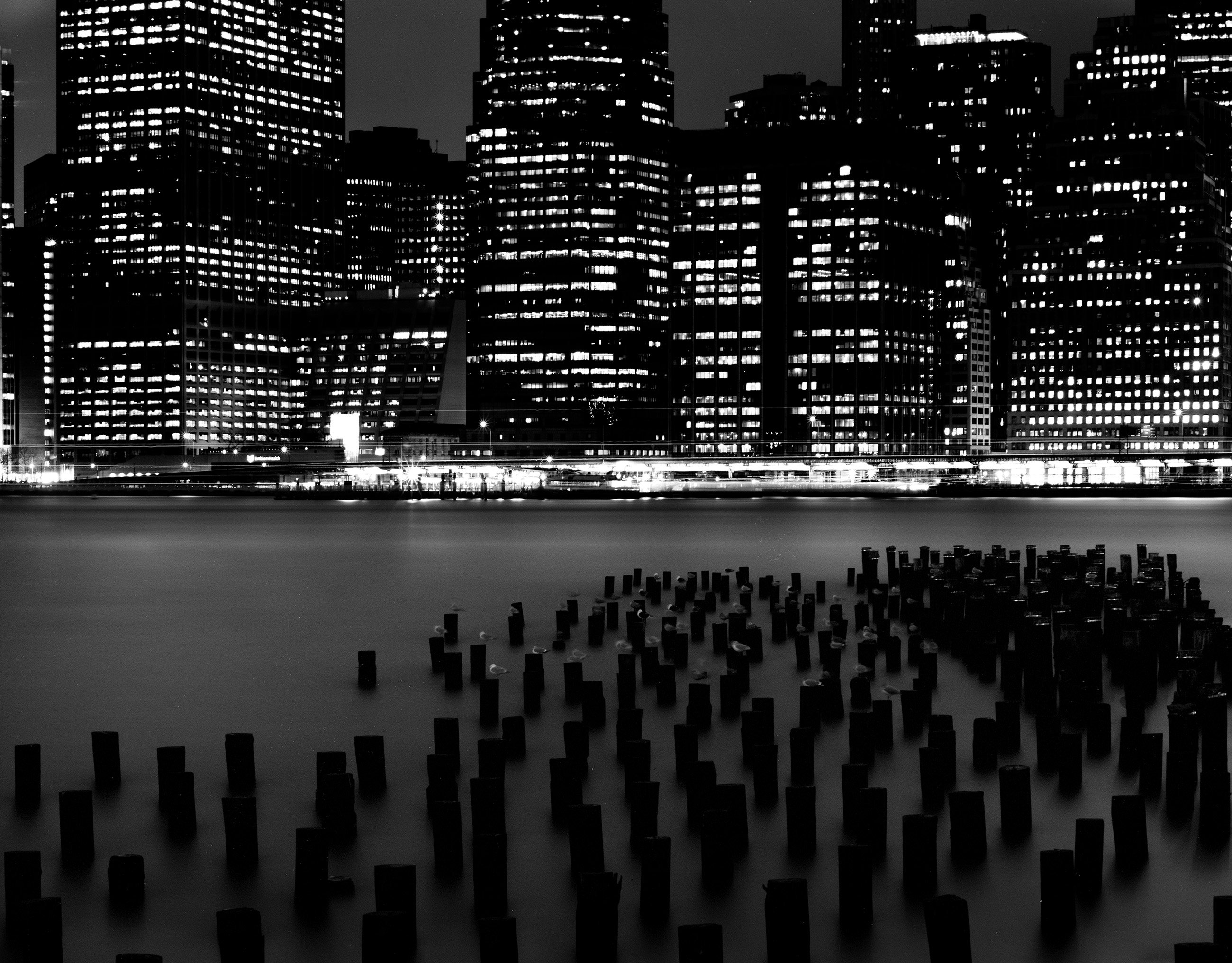
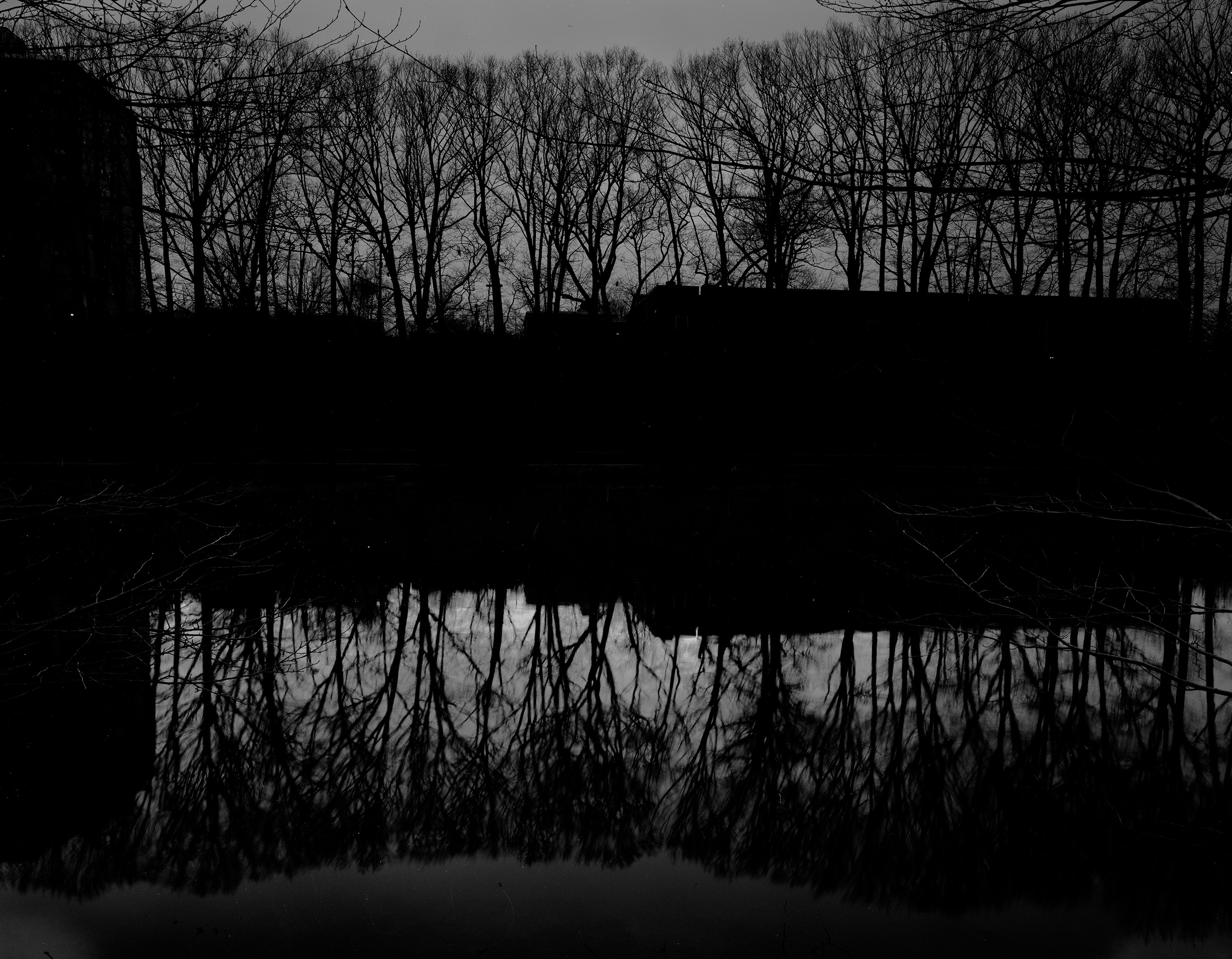
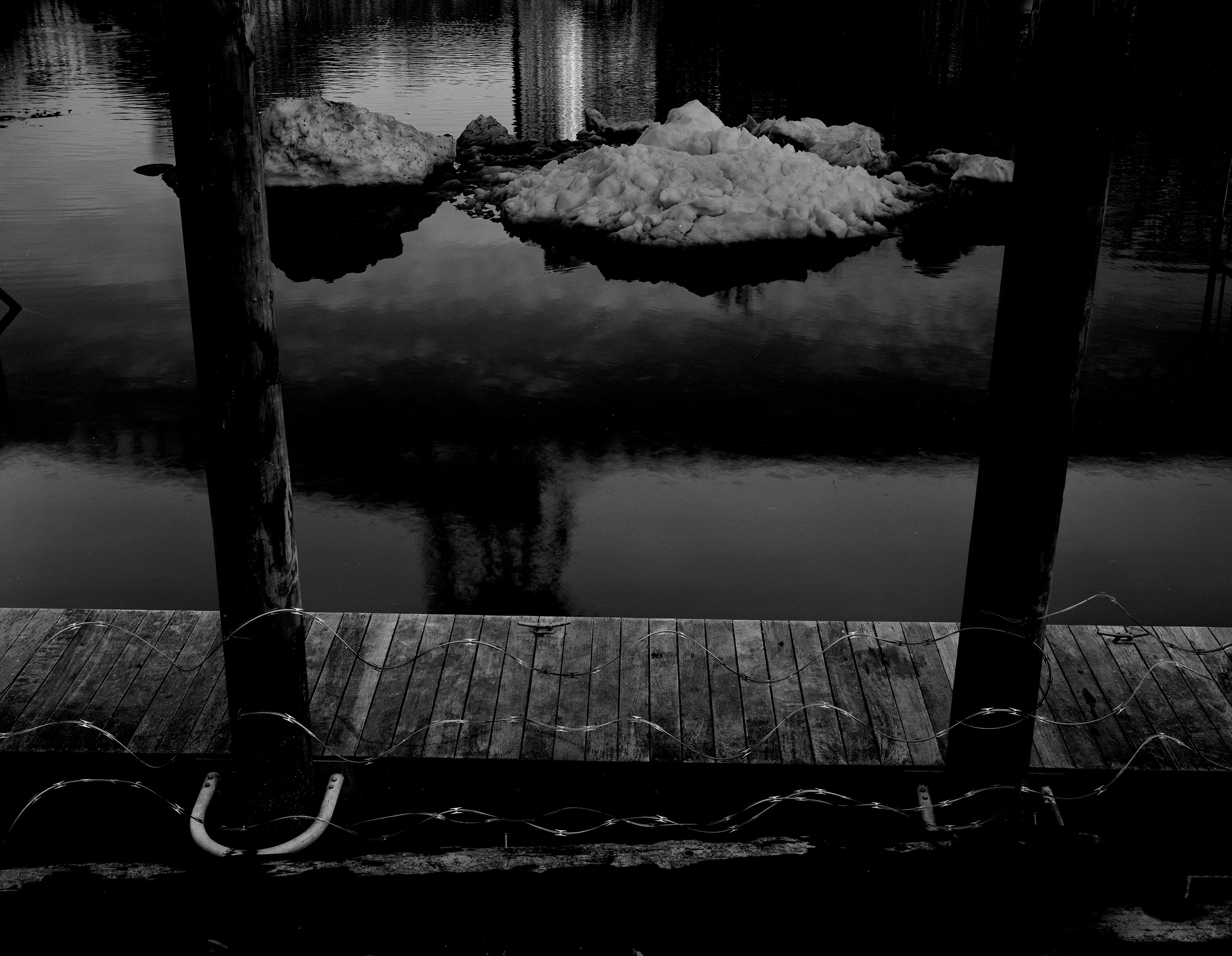
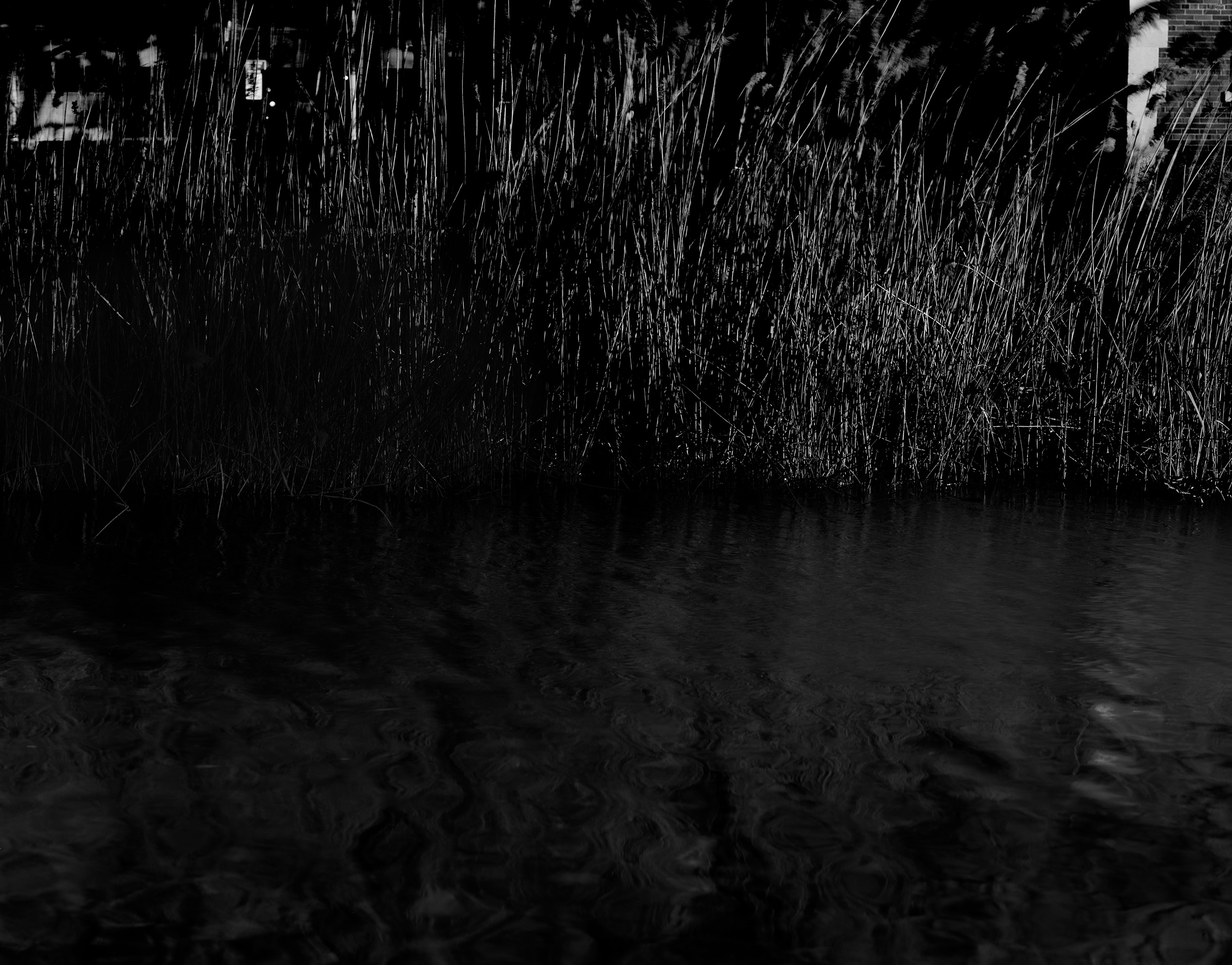
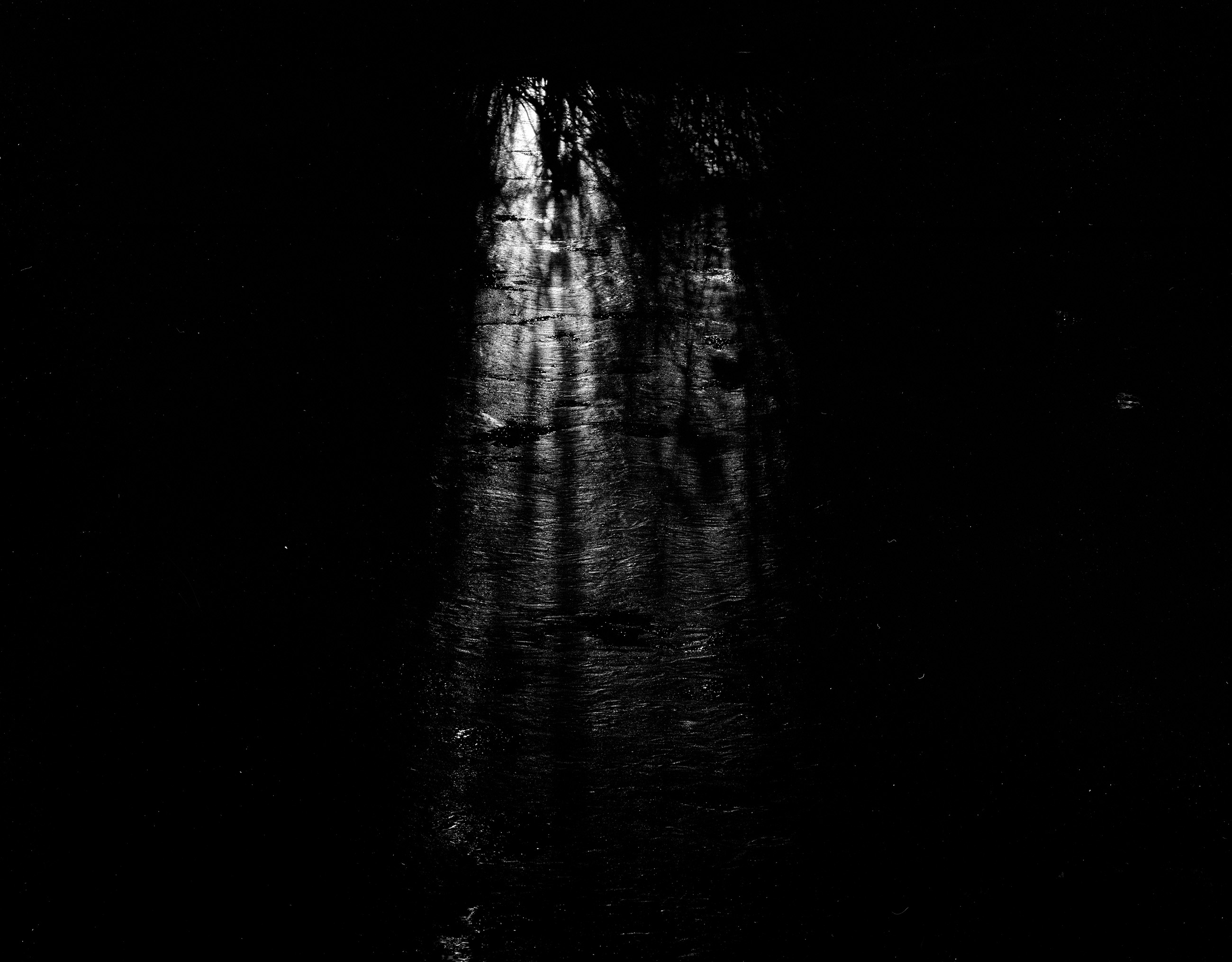
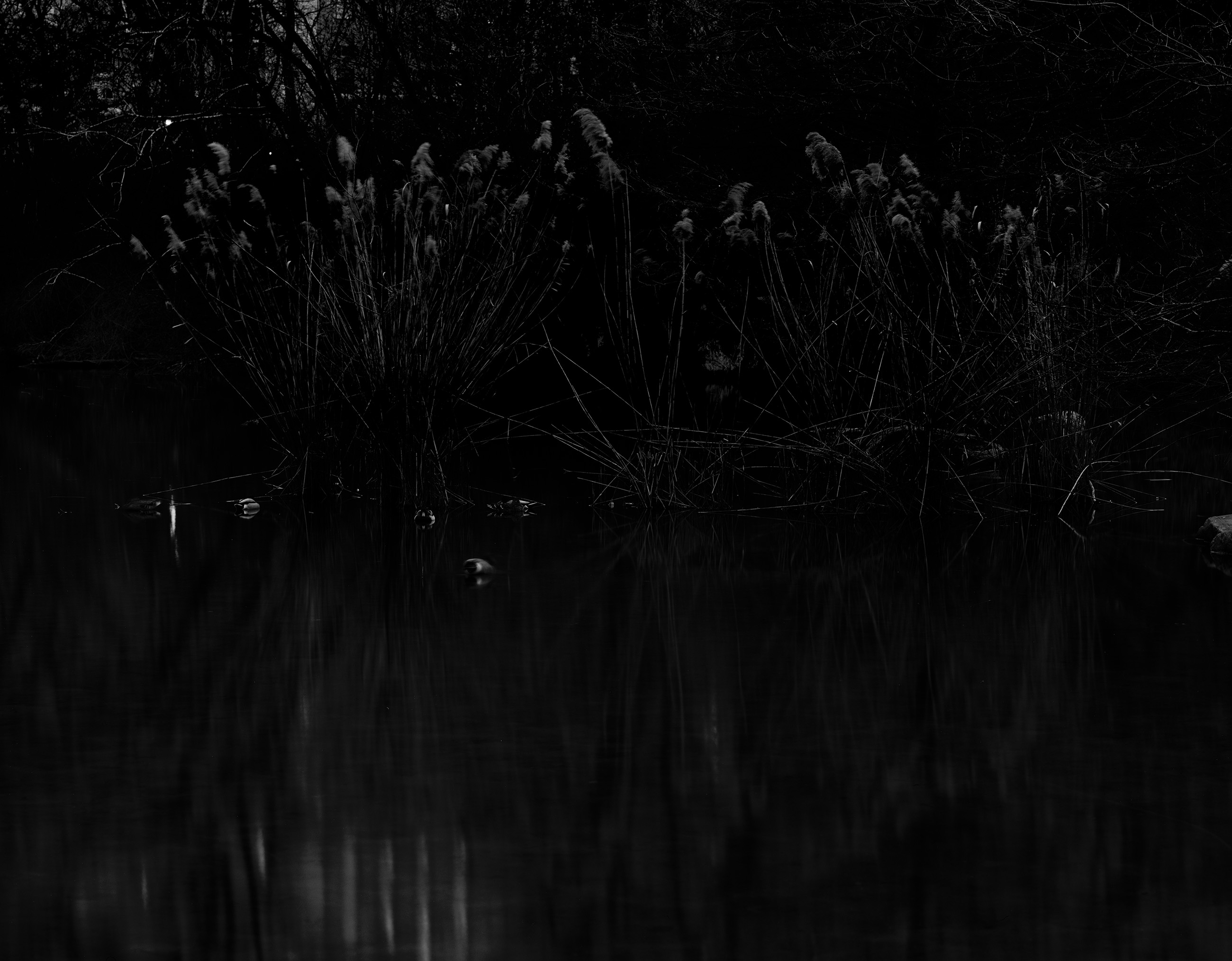
“Nocturne” is about my emotional responses to New York City. This project features composite photos of waterfront and landscapes in New York City or straight photos of reflections of the landscape on water’s surface. The landscape in my works is murky, dark, and far away from viewers, which means that there’s always a barrier between me and this city. The composite photographs derive from my imagination, and the straight photographs are the projections of reality. The alternation between imagination and reality function like melody and rhythm, and together they compose a nocturne which explains the name of this project and individual images. I think it’s a time for native and local people to rethink and re-understand New York City due to coronavirus.
An Introduction by Nat Trotman
Inspired by his experiences as a newcomer to New York City, Wen-Han Chang creates photographs of depopulated cityscapes that evoke a sense of dreamlike stillness. He deliberately underexposes his black and white images, sometimes combining multiple images into invented composite scenes. Nearly every image features a darkened body of water, often bearing an abstracted reflection of natural or artificial light. This recurring motif brings to mind the musical patterns to which his artwork titles allude—a connection made explicit in the accompanying soundtrack by Yun-Chun Jasmine Sun.
-Nat Trotman, Curator of Performance and Media at Solomon R. Guggenheim Museum
A Review by Natasha Chuk
The images in Nocturne are beautiful: extremely fitting of the title given the series and the traditions of this form of music, altogether eliciting a kind of appealing sadness. The work overall references the transition from day to night, the crepuscular light, which forces you to make adjustments and, sometimes, produces an overwhelming awareness of this struggle. The metaphor and assertion of the barrier working together is strong in its promotion of the idea of distance and incomplete understanding and perception.
The musical score is a tremendous accompaniment, drawing out the sensations of longing and unfulfillment, almost like the exploration of a gap that isn’t filled with emptiness so much as an alternative experience or encounter. It takes on a life of its own, entrancing and enveloping the viewer.
The work also references a state or idea of liminality You could say the work is visually and conceptually betwixt and in-between, which encapsulates the state of your daily encounters in a city that teeters between being accepting, indifferent, and rejecting, almost simultaneously. With this in mind, your influence by Hiroshi Sugimoto’s photographs are apparent: they’re situated at the threshold of resolution, and they produce a quiet discomfort in their unwillingness to forge definition. This promotes the value of these liminal spaces/conditions as being and having definitions of their own, worthwhile and encompassing of a feeling or situation.
The work of the Pictorialists and the broader notion of elevating the status and possibility of a photograph beyond looking and recording also are integral to this work, encouraging the images to suggest movement, almost toward transformation. The reference to Sally Mann’s layered and mostly obsolete techniques of image-making — which infused her images with a sense of physical, emotional, and ultimately temporal texture — plays well here. Nocturne has an effect of suspending a sense of reality, or the image’s referent, somewhere inside, unlocatable and at a remove. The result is arresting: both intimidating and extending an invitation to look closer.
—
Natasha Chuk is a New York City-based, Latinx critical theorist and independent curator interested in media studies, film, experimental art, and creative technologies in a global context.
A Review by Yi-Hsiu Lin
The world was changed after sunset, the atmosphere of mystery and serenity clothed the land. Keep sober at night violates the nature of rest, yet midnight also attract men to observe the world from a different view.
These photos are black and white, just like sketch. The lack of colors simplified the visual experiences, and makes audience to focus on lines, texture and shadow on photos. Moreover, “black and white” also delivers a poetic scene which draws a distance from the reality. The farer we leave the real world, the closer we reach a fantasy, or a dream.
If these images are extracted from a dream, is it a good dream or nightmare? “To sleep: perchance to dream: ay, there’s the rub; For in that sleep of death what dreams may come.” We continue living on the same misery because we can’t envisage the realm of death.
Even having a dream of prophecy, future is uncertain with debris of images. These photos are like a moment from past or future, with unclear message from nowhere. Just like the oracle of witches in Macbeth, a sentence may be misread by different explanation. People are mostly confined by habitual experiences, and thus lost massages around.
These photos are composed of ordinary and recognizable places, like the terrain of central park and skyscrapers. However, they are different and weird with close examination. Actually some images are collaged by two photos. The manipulation of images make each photo like dream and déjà vu.
Besides the narrative of dream, these photos are embedded with poetic theme. Moreover, the flowing reflection on river, the floating ices and drifting meanings gather these pictures as a song. Each photo is named with a musical terms. The literal meanings of terminology describe every images, and further connect these daily notes as a hymn of midnight, Nocturne.
—
Yi-Hsiu Lin is an independent art critic in Taiwan. She got her Master of Arts majoring in Western Art History, Graduate Institute of Art History, School of Fine Arts, Taipei National University of the Arts, Taiwan.
Music by Yun-Chun Jasmine Sun
Yun-Chun Jasmine Sun is a Taiwan-based musician who completed her Doctor of Musical Arts in University of Minnesota, and her Master of Music in The Boston Conservatory.
Pingback: An Art Review of Nocturne by Wen-Han Chang – Art Review website
Pingback: 英翻中–藝評 – Art Review website of YH